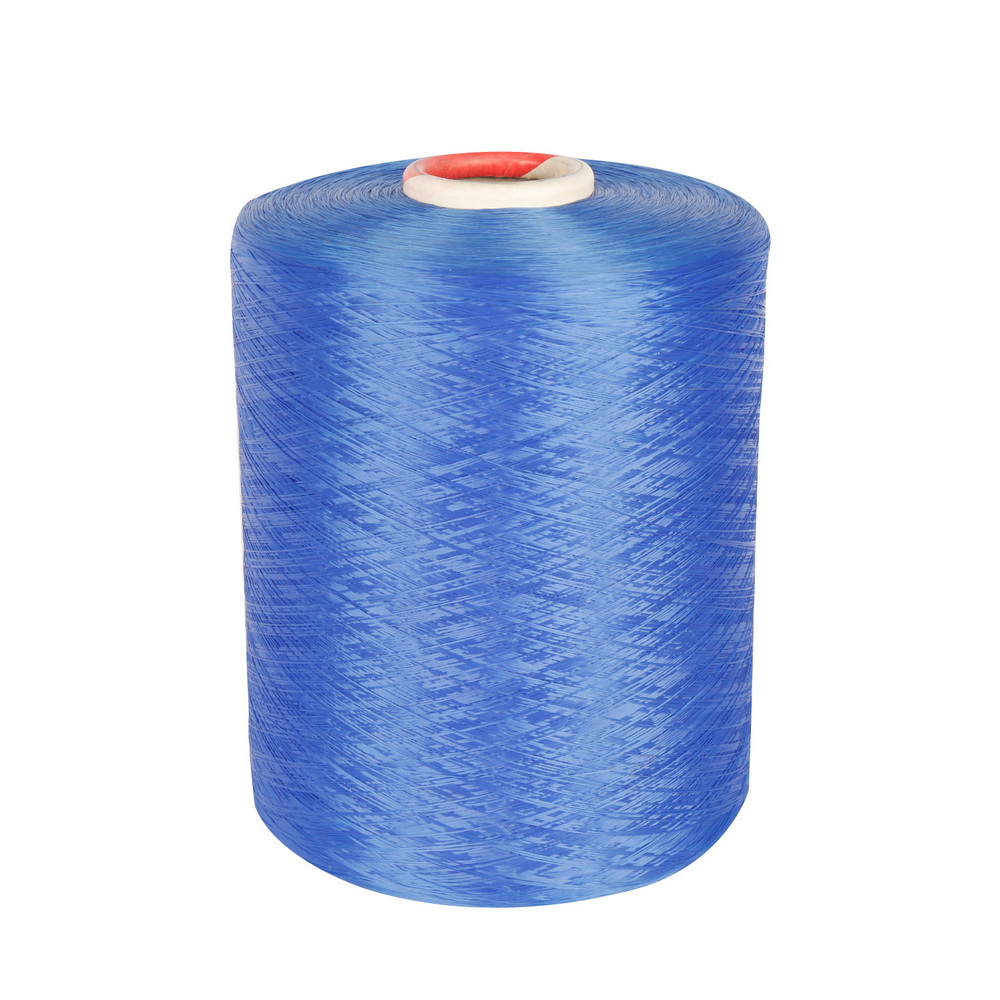The twist of polypropylene twisted yarn can make the yarn have certain physical functions such as strength, elasticity, elongation, luster, hand feeling, etc. The number of twists in the unit length (i.e. the number of twists per inch (T.P.I) or the number of twists per metre (T.P.M)) is shown in the performance of twisting yarn, which in fact is to use the relative angular displacement of the cross-section of cotton yarns, so that the fibres that were originally straight and parallel to the yarn axis are tilted to change the structure of the yarn, and the twisting process of coarse strips gradually shrinks from the width and gradually folds on both sides and rolls into the centre of the yarn strip, forming a twisted triangle, in which the width and cross-section of cotton strips change from flat bands to flat bands. The thick strip in the twisting process by the width of the gradual contraction, both sides gradually folded and rolled into the centre of the yarn strip, forming a twisted triangle, in the twisted triangle, the width and cross-section of the cotton strip changes, from the flat strip, gradually into a cylindrical polypropylene twisted wire.

View More(Total0)Comment Lists